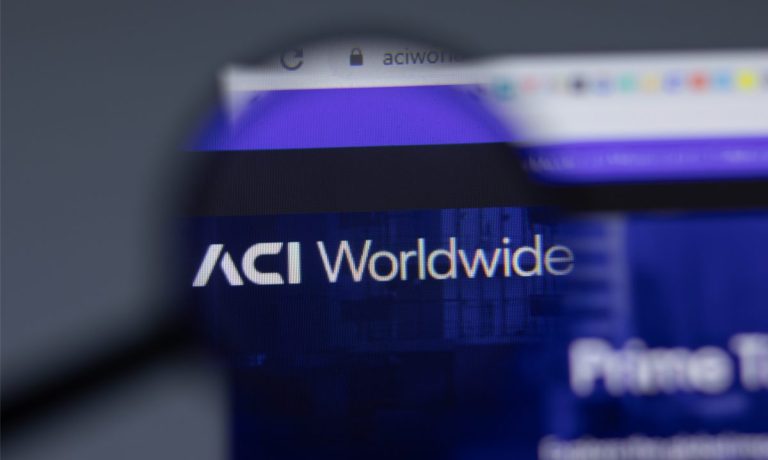
Real-time digital payment software provider ACI Worldwide has formed a partnership with COMO Global S.A. to support the company’s plans to expand into into new markets.
As the companies said in a news release Tuesday (Feb. 1), COMO will use ACI’s Secure eCommerce platform to enhance its payments gateway COMO World, “offering its merchant customers instant access to hundreds of local and cross-border acquirers, as well as new card, digital and mobile payment methods.”
ACI’s eCommerce platform offers a combination of real-time fraud prevention, business intelligence tools and a payments gateway, among other things.
“Against the backdrop of rising eCommerce transactions globally, we anticipate significant growth of our PSPs, and their merchant customer bases in the next few years,” said Angela Nickel, CEO, COMO Global.
“Enhancing the COMO World gateway with ACI Secure eCommerce will give our PSPs and their merchant customers access to an extensive global payments network, providing them with one of the most sophisticated fraud prevention solutions on the market, ultimately helping them to grow and future-proof their business.”
Read more: ACI Worldwide Teams with Banks to Integrate UAE’s Instant Payments
Last month, ACI said it would help banks connect to the United Arab Emirates’ (UAE) Instant Payments Platform (IPP), planned to launch in October.
The IPP allows for real-time payments between bank accounts, and participation by financial institutions in the country is mandatory. This framework provides core payments, Request to Pay and additional overlay utilities, all integrated with instant payment rails.
Learn more: Billers Seek Tech Upgrades to Deliver Mobile and Real-Time Consumer Bill Pay Experiences
PYMNTS spoke with ACI’s Andrew Sajeski last year about the way billers are continuing to play catch up to the great shift to digital, with many of them in a test-and-learn pattern for some new initiatives that will gain momentum this year.
Looking back at 2021, Sajeski said that the main drivers for biller growth included the “continuous need for choice and flexibility for consumers as they want to choose when, how and where they pay their bills.”